Categories
Denver Real Estate Market, Denver Real Estate Pulse, Economy and Denver Real Estate, Real Estate Stats, Real Estate TrendsPublished October 20, 2025
Why Do Leaves Change Color in Fall? The Science Behind Colorado's Best Season
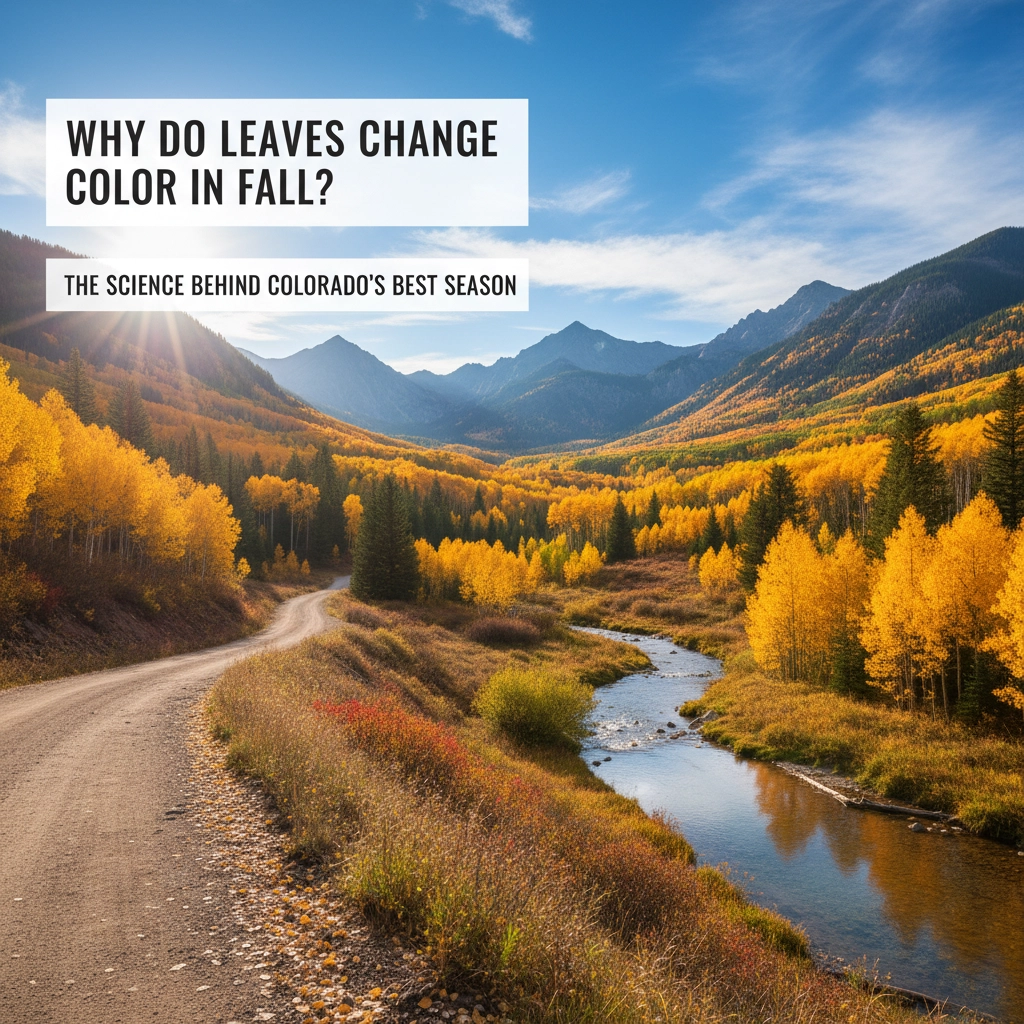
Fall in Colorado is absolutely magical. Whether you're driving through the mountains or just walking around your Denver neighborhood, those brilliant reds, oranges, and yellows never get old. But have you ever wondered what's actually happening up there in the trees? Why do leaves go from green to this incredible light show every autumn?
Let's dive into the fascinating science behind one of Colorado's most beautiful seasons – and I'll share some of my favorite spots around Denver where you can catch the best colors.
It All Starts with Chlorophyll
Here's the thing about green leaves – they're green for a very important reason. That color comes from chlorophyll, which is basically the tree's food-making machine. All summer long, chlorophyll captures sunlight and turns it into sugars that keep the tree alive and growing. Think of it as the tree's solar panels.
But here's what's wild – those gorgeous fall colors? They're actually there all summer long, just hidden underneath all that green chlorophyll. It's like the tree's been wearing a green jacket that covers up this amazing colorful shirt underneath.
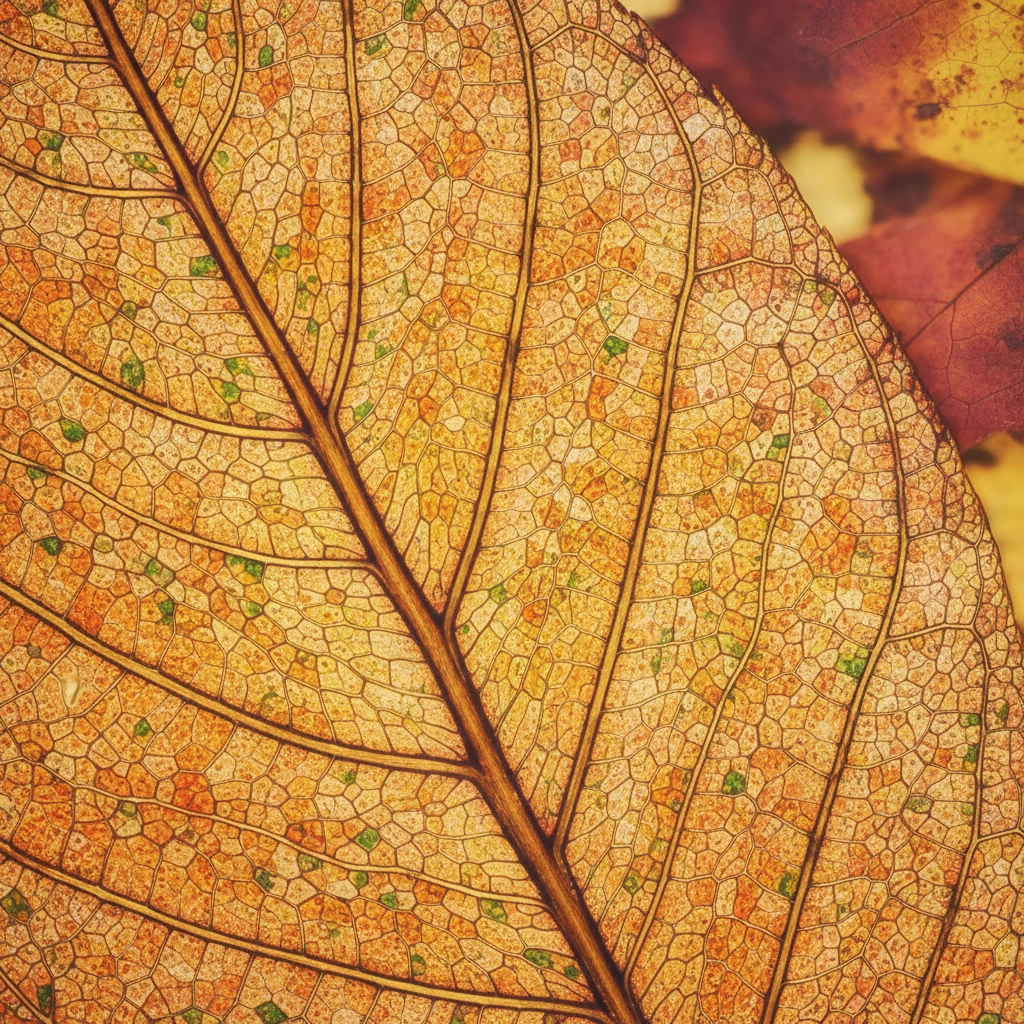
When the Party Starts Winding Down
As we get into September and October here in Colorado, something pretty cool starts happening. The days get shorter (hello, daylight saving time), and the temperatures start dropping – especially those crisp mountain mornings we all love.
The tree basically gets the memo that winter's coming, so it starts shutting down its food production system. No more need for all that chlorophyll, so the tree stops making it. As the existing chlorophyll breaks down and isn't replaced, that green mask starts disappearing.
And that's when the magic happens – all those other colors that were hiding underneath finally get their moment to shine.
The Yellow and Orange Show
Those beautiful yellow and orange colors you see? Those come from pigments called carotenoids (yeah, same stuff that makes carrots orange). These pigments have been hanging out in the leaves all summer, but the chlorophyll was just too dominant to let them show through.
Aspens are probably the most famous for this here in Colorado. Drive up to the mountains in late September, and you'll see entire hillsides that look like they're glowing gold. It's honestly breathtaking, and it happens because as the chlorophyll fades, those carotenoids finally get their spotlight moment.
But What About Those Reds?
Now, the red colors – those are a different story entirely. Unlike the yellows and oranges that were always there, red pigments called anthocyanins are actually created fresh in the fall. The tree's basically making new paint just for the autumn show.
Here's what's really interesting: the tree uses sugars that get trapped in the leaves to make these red pigments. As the tree starts forming a protective barrier between the leaf and the branch (getting ready to drop those leaves), sugars get stuck in the leaves with nowhere to go. Add some sunlight to the mix, and boom – you get those incredible reds.
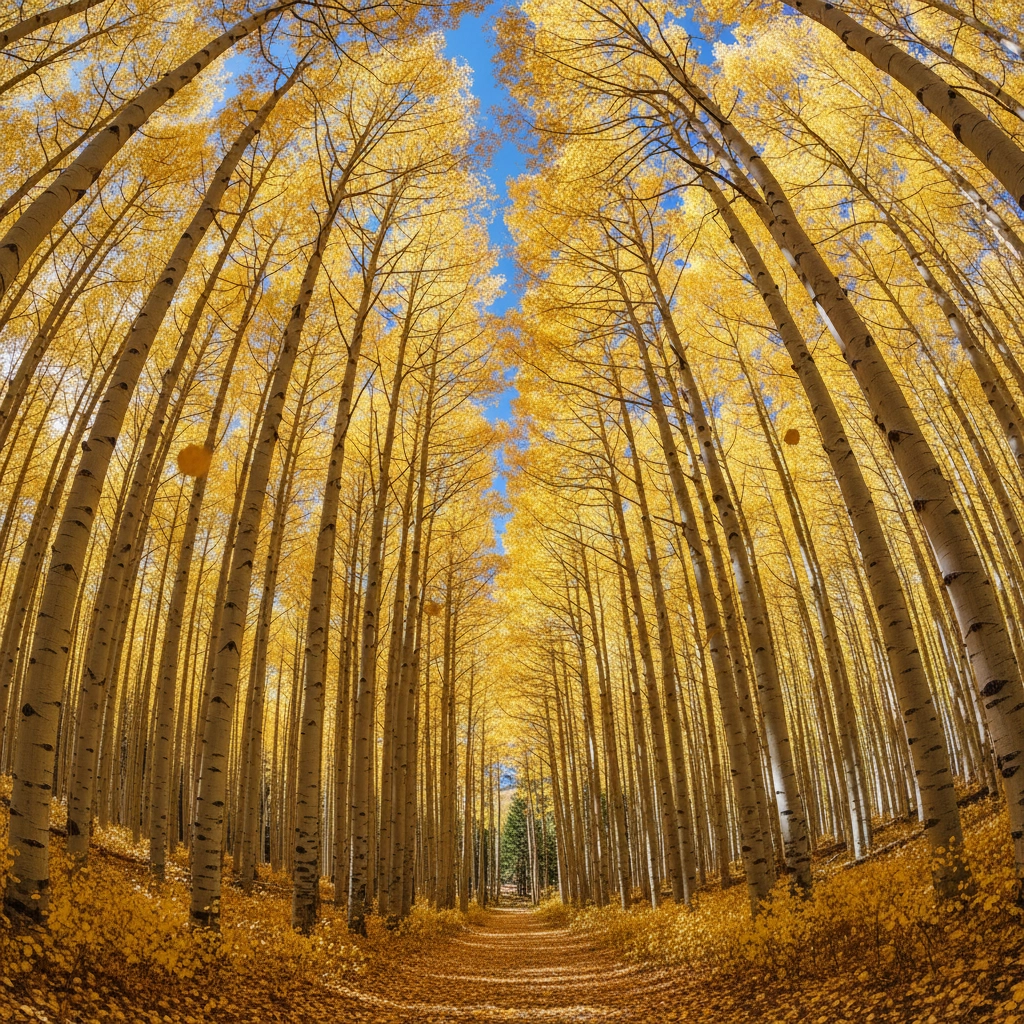
Why Colorado's Colors Are Extra Special
Colorado's high altitude and climate create some pretty perfect conditions for spectacular fall colors. We get those sunny, crisp days that trees absolutely love for color production. The combination of cool nights and warm, bright days is like the perfect recipe for vibrant fall foliage.
The dry air also helps intensify the colors. Unlike places that might be cloudy or humid during fall, our Colorado sunshine really lets those colors pop. Plus, the contrast against those deep blue Colorado skies? Chef's kiss.
Temperature: The Real MVP
Temperature plays a huge role in how vibrant the colors get. Those cool nights (but not freezing) help trap sugars in the leaves, which means more raw material for making those gorgeous red anthocyanins. But you need those sunny days too – that's when the color-making magic really happens.
If it gets too warm, the process slows down. Too cold too fast? The leaves might just turn brown and drop without giving us the good stuff. It's all about that sweet spot, and Colorado's climate tends to hit it just right most years.
The Grand Finale: Why Leaves Actually Fall
So why do the leaves fall off anyway? Well, the tree's basically cutting its losses. Those leaves won't survive winter, and keeping them attached could actually damage the tree in heavy snow or wind.
As fall progresses, trees form what's called an abscission layer – think of it as a natural perforation line between the leaf and the branch. The tree pulls all the nutrients it can out of the leaf, then seals off the connection. Once that happens, it's just a matter of time before wind or gravity does the rest.
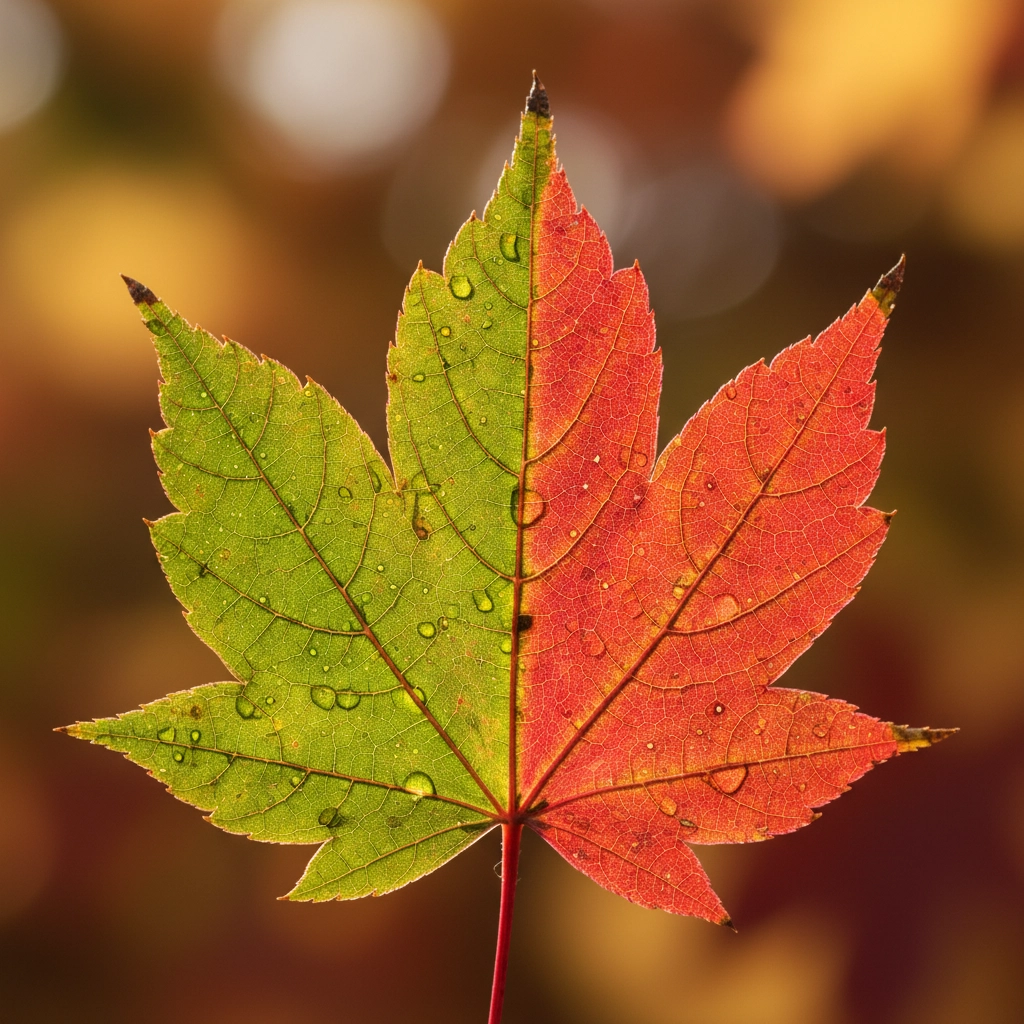
Best Leaf-Peeping Spots Around Denver
Okay, now for the fun part – where should you go to see all this science in action? Here are some of my favorite spots that aren't too far from the metro area:
Guanella Pass is absolutely incredible in late September. The drive up from Georgetown takes you through different elevation zones, so you can literally watch the progression of colors as you climb higher.
Washington Park right here in Denver is surprisingly great for fall colors. The mature trees put on quite a show, and you can grab a coffee and make it a nice morning walk.
Bear Creek Lake Park in Lakewood has some beautiful cottonwoods that turn the most amazing golden yellow. Plus, you get those mountain views as a bonus.
For something a little more adventurous, Kenosha Pass on Highway 285 is famous for its aspen groves. Fair warning though – everyone knows about this spot, so expect some company on peak weekends.
Timing Is Everything
Here in Colorado, the leaf show usually starts in the high country around mid-September and works its way down to lower elevations through October. The exact timing depends on that year's weather patterns, but generally:
- High mountain areas (9,000+ feet): Mid to late September
- Foothills (6,000-8,000 feet): Late September to early October
- Metro Denver area: Early to mid-October
The Real Estate Connection
You know, as someone who helps people find homes around Denver, I can tell you that fall is when a lot of folks really fall in love with Colorado (pun intended). There's something about seeing those colors against the backdrop of the Front Range that just seals the deal for people considering a move here.
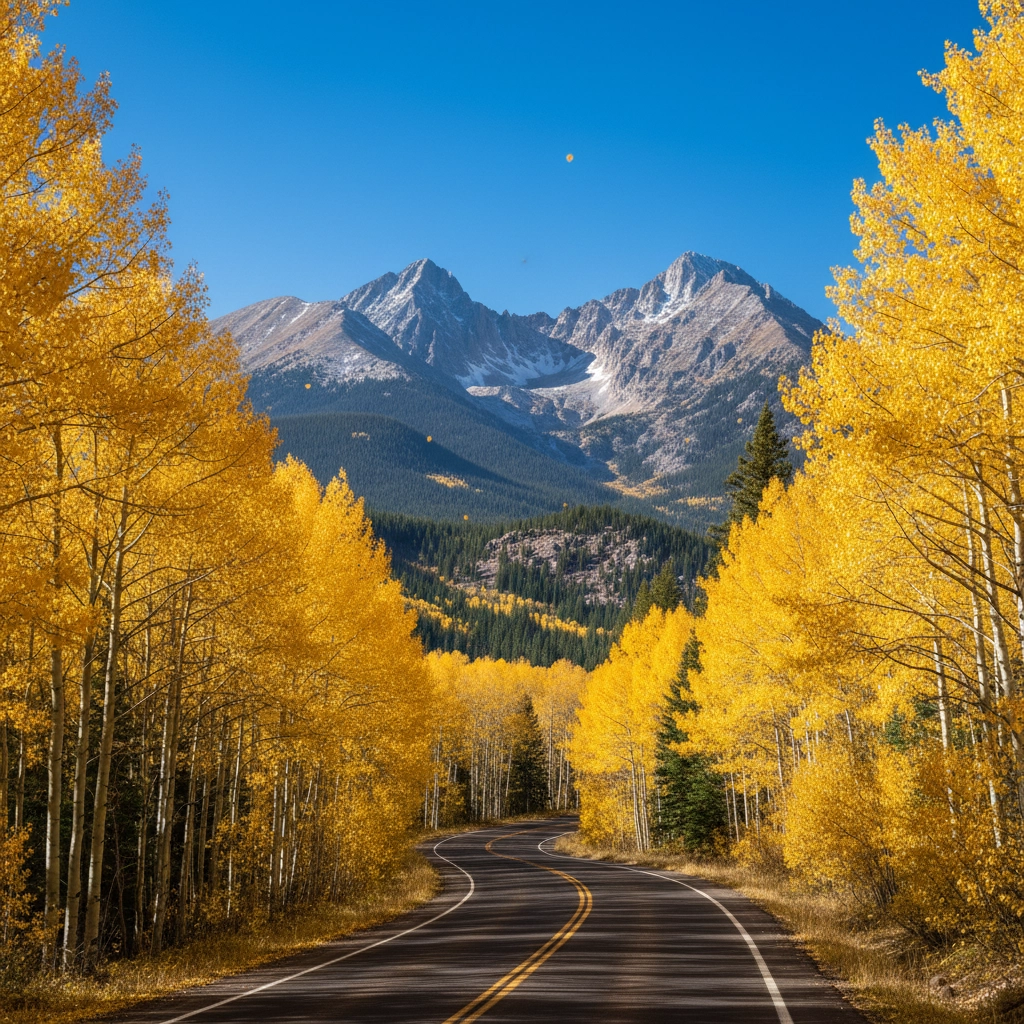
And honestly, I get it. When you're standing in Washington Park on a crisp October morning, watching the leaves drift down while the mountains glow in the distance, it's pretty hard not to want to call this place home.
Making the Most of Fall
The thing about Colorado's fall colors is they don't last forever. We usually get about 2-3 weeks of peak color in any given area before the leaves start dropping. So when you hear that the colors are peaking somewhere, don't wait – get out there and enjoy it.
Whether you're already a Colorado local or you're thinking about making the move, fall is definitely the season that reminds you why this state is so special. The science behind those changing leaves is fascinating, but the real magic is just getting out there and experiencing it yourself.
So grab your jacket, maybe a thermos of coffee, and go check out nature's chemistry experiment in action. Trust me, it never gets old.





